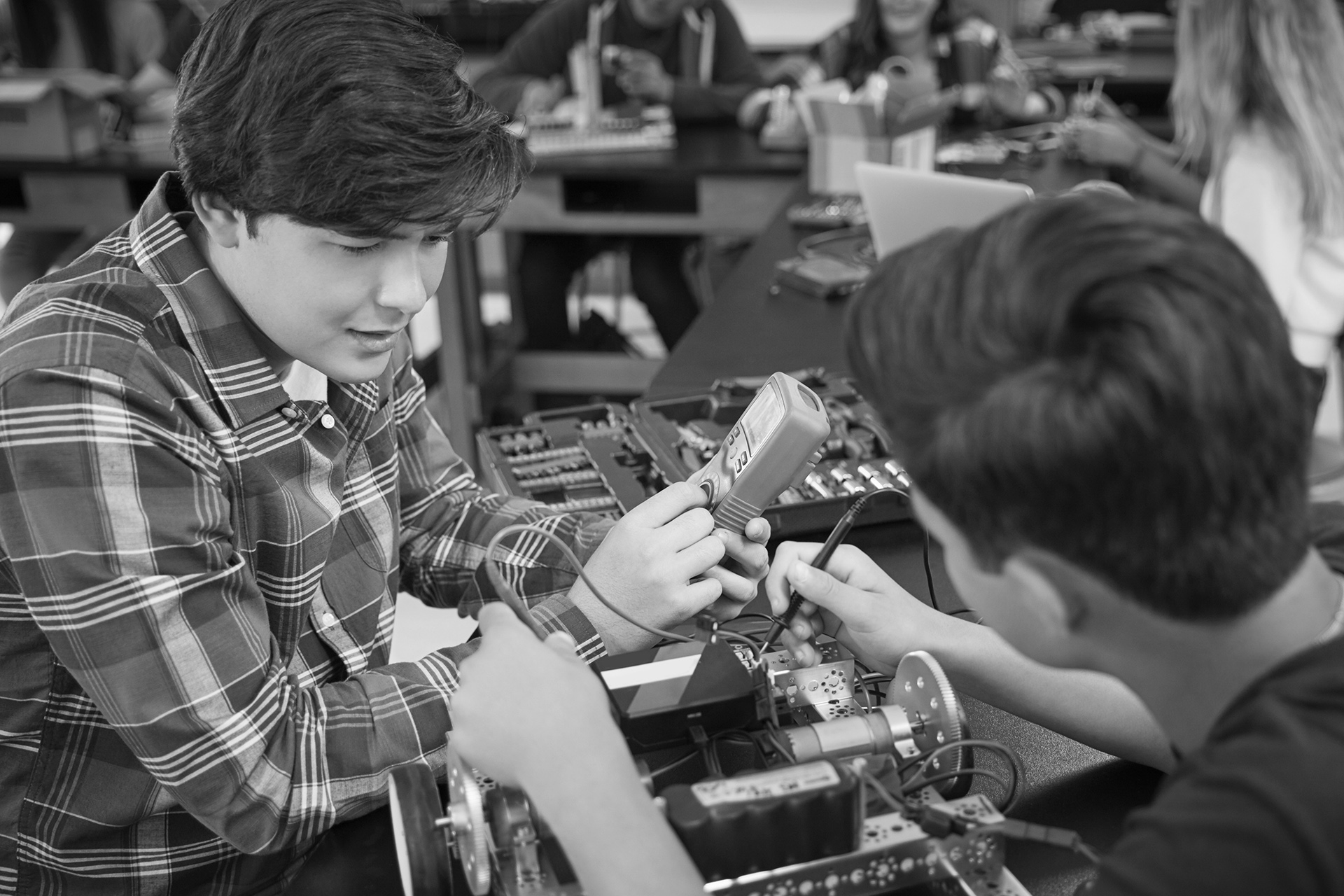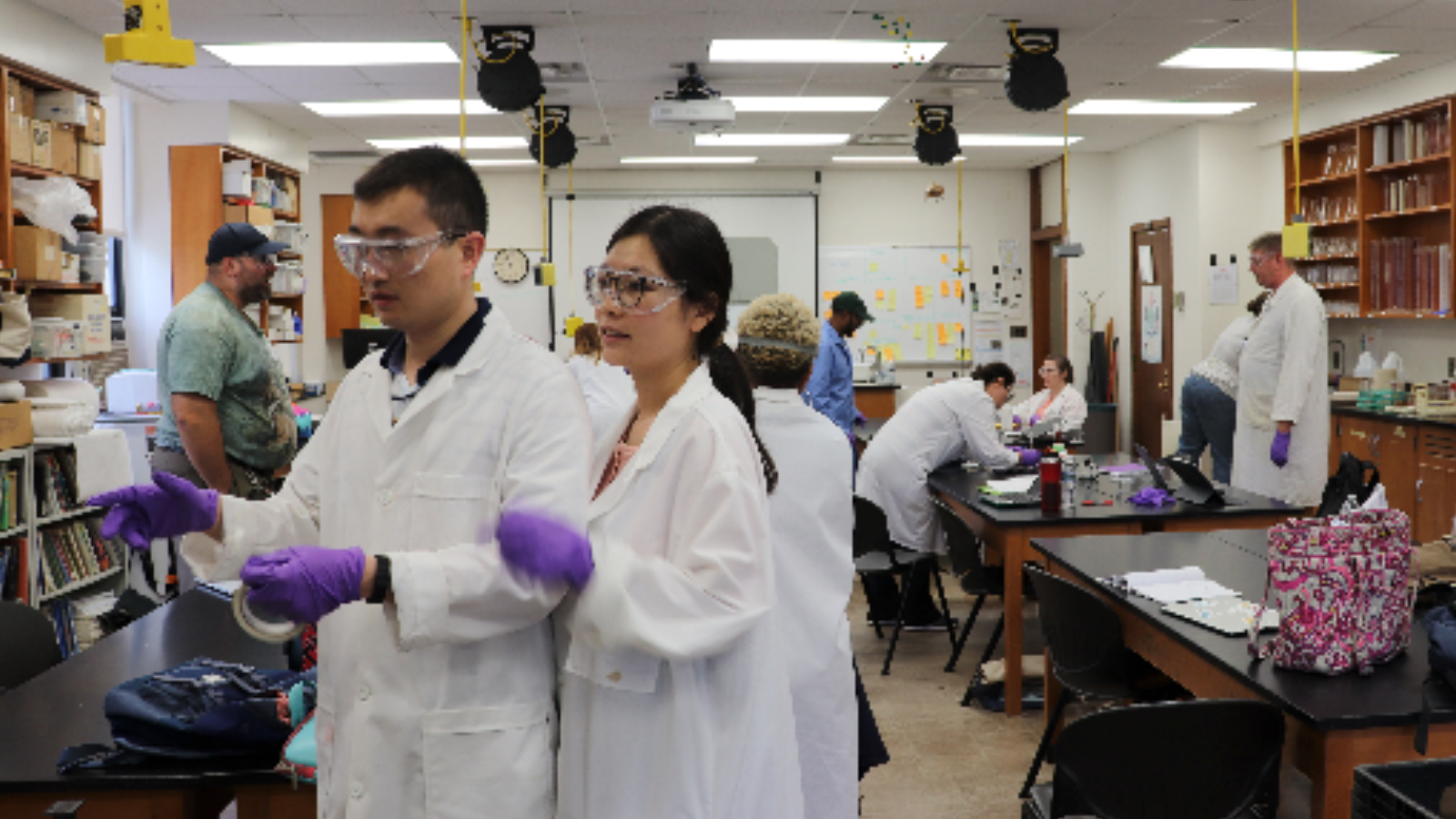Curriculum
CREATE for STEM at Michigan State University provides research-based science curricula developed with funding from the National Science Foundation and other sources. These high-quality project-based learning materials are designed to meet Next Generation Science Standards (NGSS), have been piloted by dozens of teachers in real-world settings, and some have been rigorously tested for efficacy on large and diverse populations of students. CREATE and MSU provides these materials as Open Education Resources, free to use and adapt by teachers and schools.
-
Grades K-2: SOLID Start, Science, Oral Language, and Literacy Development from Start of School (integrating science and literacy)
-
Access the curriculum
-
-
Grades K-2: Multiple Literacies in Project-Based Learning (ML-PBL)
-
Access the curriculum
-
-
Grades 3-5: Multiple Literacies in Project-Based Learning (ML-PBL) (improving literacy and mathematics through science)
-
Access the curriculum
-
-
Grade 7-8: Water Quality (Ann Novak, Greenhills School, Ann Arbor, MI)
-
Access the curriculum
-
-
Grades 6-9: Health In Our Hands (genomics)
-
Access the curriculum
-
-
MS/HS: Carbon TIME, Transformations in Matter and Energy (life and earth science)
-
Access the curriculum
-
-
Grade 9: Interactions (physical science) ** See related videos below
-
Access the curriculum
-
-
Grades 10-12: Crafting Engagement in Science Environments (chemistry and physics)
Learn more about the Next Generation Science Standards (NGSS) (videos originally posted on the NSTA website):
- Implementing NGSS in the Classroom, Introduction
- Next Generation Science Standards: A Teacher's Perspective
- Developing and Using Models of Electrical Interactions: What NGSS Looks Like in the Classroom
- Building Ideas Over Time: What NGSS Looks Like in the Classroom
- Planning and Carrying Out Investigations: What NGSS Looks Like in the Classroom
- Developing and Using Models of Atomic Structure Part 1
- Developing and Using Models of Atomic Structure Part 2
- Developing and Using Models of Atomic Structure Part 3





